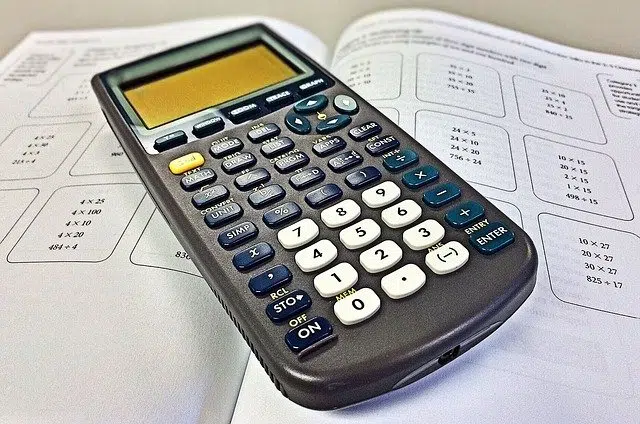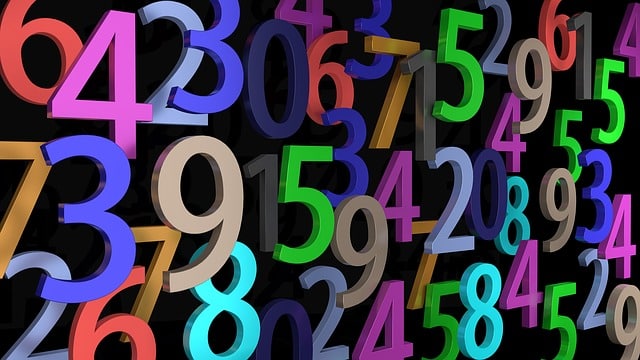
Mathematical relations establish the correspondence between two sets.
A relationship is a link or correspondence . In the case of the mathematical relationship , it is the correspondence that exists between two sets : each element of the first set corresponds to at least one element of the second set.
When each element of a set corresponds only to one of the other, it is called a function . This means that mathematical functions are always, in turn, mathematical relations, but that relations are not always functions.
Characteristics of mathematical relationships
In a mathematical relationship, the first set is known as the domain , while the second set is called the range or range . The mathematical relationships between them can be graphed in the scheme called Cartesian plane .
Suppose the domain is called M and the range is called N. A mathematical relation of M in N will be a subset of the Cartesian product M x N. The relations, in other words, will be ordered pairs that link elements of M with elements of N.
If M = {5, 7} and N = {3, 6, 8} , the Cartesian product of M x N will be the following ordered pairs:
M x N = {(5, 3), (5, 6), (5, 8), (7, 3), (7, 6), (7, 8)}
With this Cartesian product , different relationships can be defined. The mathematical relationship of the set of pairs whose second element is less than 7 is R = {(5, 3), (5, 6), (7, 3), (7, 6)}
Another mathematical relationship that can be defined is that of the set of pairs whose second element is even : R = {(5, 6), (5, 8), (7, 6), (7, 8)}

The numbers can appear in the Cartesian product.
Application of the concept
The applications of mathematical relationships transcend the limits of science, since in our daily lives we usually make use of its principles, often unconsciously. Human beings, buildings, appliances, movies and friends , among many others, are some of the most common groups of interest to our species, and on a daily basis we establish relationships between them to organize ourselves and participate in our activities.
Depending on the number of sets that participate in the Cartesian product, it is possible to recognize various types of mathematical relationships, some of which are briefly defined below.
Unary relation
A unary relationship occurs when a single set is observed, and it can be defined as the subset of the elements that belong to it and meet a certain condition , expressed in the relationship. For example, within the set of natural numbers, we can define a unary relationship (which we will call P ) of the even numbers, so that of all the elements of this set, we will take those that respond to said condition and we will form a subset, which begins as follows: P = {2,4,6,8,…}
Binary relationship
As its name indicates, this mathematical relationship is based on two sets, and therefore the complexity increases considerably. The elements of both can be related in more ways, and the resulting subsets are expressed as ordered pairs, as demonstrated in previous paragraphs. In mathematics, this is usually the background in many of the most common functions, which have y and x as variables, since we are looking for a pair of values (one from each axis) that allow solving an equation (that meet the condition) .
Ternary relationship
When we define a condition that elements of three different sets must meet, we speak of a ternary relationship, and the result is one or more triples (the equivalent of ordered pairs but with three elements). Returning to the set of natural numbers, which allows us to make simple calculations, an example of a mathematical relationship of this type is one in which a – b = c , so that we could obtain a subset that begins like this: R = {(3, 2,1), (4,3,1), (5,3,2), …}
